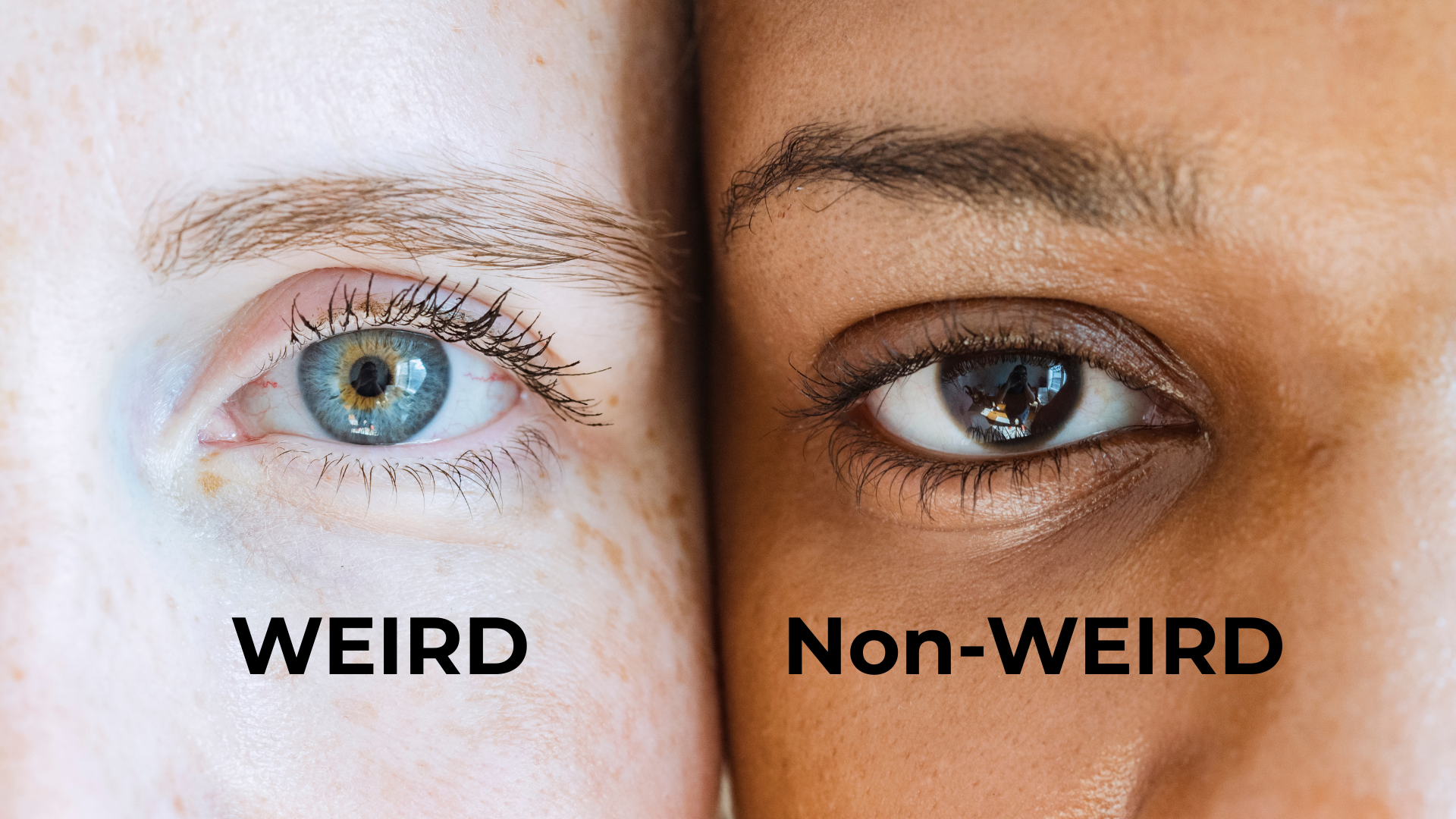Have you ever wondered why you behave or react in certain ways? Or perhaps you've struggled with recurring thoughts or emotions that seem to have a grip on you. If so, you're not alone. Many of us grapple with these internal battles, and psychotherapy can be a powerful tool in navigating the complexities of the human mind. In this article, I'll delve into the fascinating realm of psychodynamic therapy, a time-tested approach that sheds light on the unconscious forces shaping our thoughts, feelings, and behaviours.
Understanding the Roots of Psychodynamic Therapy
Psychodynamic therapy boasts a rich history, tracing its roots back to the pioneering work of Sigmund Freud in the late 19th century. Freud, considered the father of psychoanalysis, proposed that our early childhood experiences, particularly those tucked away in the unconscious mind, significantly influence our adult personalities. These unconscious conflicts, according to Freud, could manifest as negative emotions, anxieties, and even physical symptoms.
Building on Freud's ideas, other prominent figures like Carl Jung and Alfred Adler further expanded the psychodynamic framework. Jung introduced the concept of the collective unconscious, a reservoir of universal human experiences and archetypes. Adler, on the other hand, emphasized the importance of feelings of inferiority and the striving for self-actualization in shaping our behaviours.
While modern psychodynamic therapy acknowledges the valuable contributions of these early theorists, it has also evolved to integrate insights from other schools of thought. Today, psychodynamic therapy recognizes the influence of not just childhood experiences, but also social, cultural, and interpersonal dynamics on an individual's mental health.
Core Principles and Assumptions of Psychodynamic Therapy
So, what are the fundamental beliefs that underpin psychodynamic therapy? Here are some key principles to consider:
- The Power of the Unconscious: Psychodynamic therapy assumes that a significant portion of our mental life operates outside of our conscious awareness. These unconscious thoughts, feelings, and memories can continue to influence our behaviours without us even realizing it.
- Early Childhood Experiences: Our early interactions with caregivers and significant figures in our lives are believed to lay the foundation for our personality development. Unresolved conflicts or emotional wounds from childhood can resurface later in life, leading to difficulties.
- Defense Mechanisms: The human mind employs various defense mechanisms – like repression, denial, and projection – to manage overwhelming emotions or painful experiences. However, these defenses can sometimes become maladaptive, hindering our ability to cope in healthy ways.
- The Therapeutic Relationship: The relationship between the mental health professional and the client is considered the cornerstone of psychodynamic therapy. This collaborative space allows for the exploration of unconscious patterns and the development of new coping mechanisms.
- Transference and Countertransference: Transference refers to the process where a client unconsciously projects feelings and experiences from past relationships, particularly significant relationships from childhood, onto the mental health professional. Countertransference happens when the mental health professional's own emotions and experiences are unconsciously triggered by the client. Both transference and countertransference can be valuable tools for understanding the client's unconscious world.
Applications of Psychodynamic Therapy
Psychodynamic therapy can be a beneficial approach for a wide range of mental health concerns. Here are some specific examples:
- Anxiety Disorders: Unresolved anxieties from childhood can manifest as generalized anxiety disorder, panic attacks, or phobias. Psychodynamic therapy can help identify the root of these anxieties and develop healthier coping mechanisms.
- Depression: Early experiences of loss or neglect can contribute to feelings of worthlessness and hopelessness that are characteristic of depression. Psychodynamic therapy can help explore these experiences and work towards developing a more positive self-image.
- Relationship Issues: Our early attachment styles can significantly impact how we form and maintain relationships in adulthood. Psychodynamic therapy can help us identify patterns of relating that may stem from unconscious conflicts and build healthier relational skills.
- Personality Disorders: Personality disorders are characterized by inflexible and maladaptive patterns of thinking, feeling, and behaving. Psychodynamic therapy can help individuals with personality disorders understand the underlying causes of these patterns and develop more adaptive strategies for managing them.
- Eating Disorders: Eating disorders can often be rooted in complex emotional issues related to control, self-esteem, and relationships. Psychodynamic therapy can provide a safe space to explore these underlying issues and develop healthier relationships with food and body image.
This is not an exhaustive list, but it highlights the versatility of psychodynamic therapy in addressing a variety of mental health challenges.
A Case in Point: How Psychodynamic Therapy Can Help
Imagine Sarah, a bright and articulate young woman in her late twenties. For as long as she can remember, she's grappled with a nagging sense of anxiety that seems to permeate every aspect of her life. Social gatherings leave her feeling on edge, constantly worried about how others perceive her. She experiences a harsh inner critic that bombards her with self-doubt, making even simple decisions feel overwhelming. Romantically, Sarah finds it difficult to trust potential partners, fearing rejection and abandonment.
Seeking relief from these persistent anxieties, Sarah decides to embark on a journey of self-discovery through psychodynamic therapy. In the safe and supportive space created by her mental health professional, Sarah begins to explore the origins of her anxieties. As therapy progresses, a recurring theme emerges – a sense of emotional neglect from her parents during her childhood. Sarah recalls feeling unseen and unheard, her emotional needs often dismissed or minimized.
Through exploration and reflection, Sarah starts to connect the dots. The constant need for external validation from others in her present relationships could be rooted in her childhood experiences, where she craved her parents' approval and a sense of being loved unconditionally. The harsh inner critic that judges her every move might be a defense mechanism she developed to protect herself from the potential pain of further rejection.
With newfound awareness, Sarah and her mental health professional begin to work on developing healthier coping mechanisms. They explore strategies for managing her anxiety in social situations, including mindfulness techniques and practicing self-compassion. Sarah also starts to challenge the negative thoughts her inner critic throws at her, learning to replace them with more realistic and encouraging self-talk.
As therapy continues, Sarah notices a gradual shift. She feels a growing sense of self-acceptance, allowing her to be more vulnerable and authentic in her relationships. The social gatherings that once filled her with dread become opportunities for genuine connection. Romantically, Sarah is able to open herself up to the possibility of intimacy, setting healthier boundaries and communicating her needs more effectively.
Sarah's story exemplifies the transformative potential of psychodynamic therapy. By delving into the unconscious mind and uncovering the roots of her anxieties, Sarah was empowered to develop new coping mechanisms and create lasting positive changes in her life.
Benefits of Psychodynamic Therapy
By delving into the unconscious mind, psychodynamic therapy offers a unique set of benefits for individuals seeking to improve their mental well-being. Here are some of the key advantages of this approach:
- Enhanced Self-Awareness: Psychodynamic therapy shines a light on the hidden patterns that influence our thoughts, feelings, and behaviours. By uncovering unconscious conflicts and defense mechanisms, individuals gain a deeper understanding of themselves, leading to greater self-acceptance and personal growth.
- Improved Emotional Regulation: Through exploring the roots of negative emotions like anxiety, depression, and anger, individuals can develop healthier coping mechanisms to manage these emotions more effectively. Psychodynamic therapy can equip you with the tools to navigate difficult emotions productively.
- Strengthened Relationships: By gaining insight into your attachment styles and unconscious relational patterns, you can build healthier and more fulfilling relationships with others. Psychodynamic therapy can help you identify and break negative patterns that may be hindering your ability to connect with others on a deeper level.
- Increased Resilience: Psychodynamic therapy can help you develop greater resilience in the face of life's challenges. By understanding your vulnerabilities and developing coping mechanisms, you'll be better equipped to navigate difficult situations and bounce back from setbacks.
- Long-lasting Change: Unlike some therapeutic approaches that focus solely on symptom reduction, psychodynamic therapy aims for lasting change by addressing the root causes of emotional distress. By working through unconscious conflicts, you can create lasting positive changes in your thoughts, feelings, and behaviours.
Limitations of Psychodynamic Therapy
While psychodynamic therapy offers a powerful set of tools for personal growth, it's important to acknowledge some potential limitations:
- Time Commitment: Psychodynamic therapy is often a long-term process, sometimes taking months or even years to achieve significant change. This can be a significant investment of time and resources for some individuals.
- Focus on the Past: While exploring the past can be illuminating, some individuals may find the focus on childhood experiences to be overwhelming or unproductive. They might prefer a more solution-oriented approach that emphasizes developing coping mechanisms for present-day challenges.
- Finding the Right Mental Health Professional: The success of psychodynamic therapy heavily relies on the therapeutic relationship. It's crucial to find a mental health professional you feel comfortable with, someone who can create a safe and supportive space for exploration.
A Practical Guide to Getting Started with Psychodynamic Therapy
If you're considering trying psychodynamic therapy, here are some steps to guide you:
- Educate Yourself: Learn more about this therapy and its principles. Numerous resources such as books, online articles, and therapy websites offer valuable information.
- Seek a Qualified Professional: Find a trained professional trained who can help you in this journey.
- Embrace the Collaborative Process: Therapy is a two-way street. Actively participate in sessions, be open to exploring your thought patterns, and practice the skills you learn between sessions.
- Develop a Growth Mindset: View therapy as a journey of self-discovery and growth. Change takes time and effort, so be patient with yourself and celebrate your progress.
If you are or someone you know is experiencing mental health issues, I strongly encourage you to seek help. Please contact your GP or mental health provider today.
There is no shame in seeking help for your mental health and well-being. You are not alone, and you deserve to feel better.













Discussion